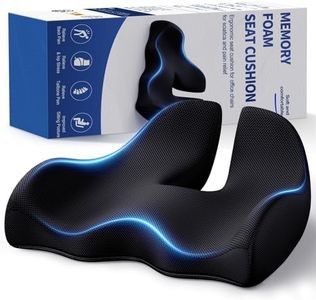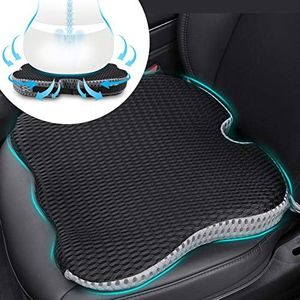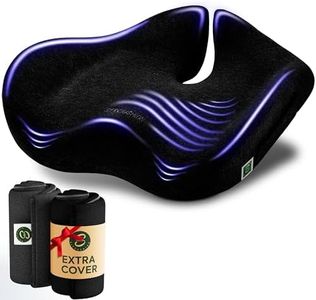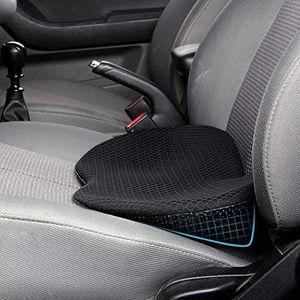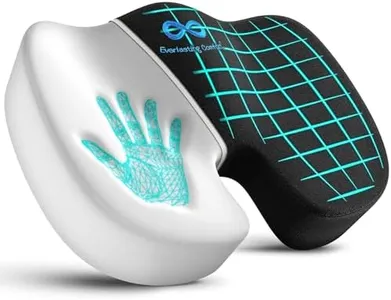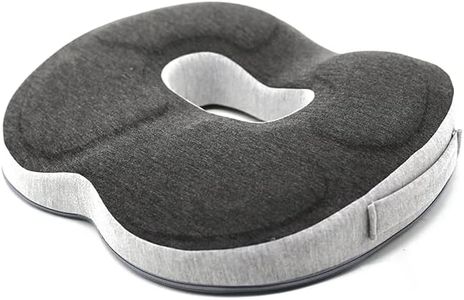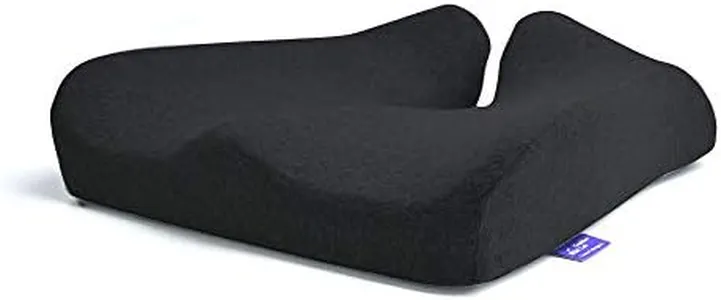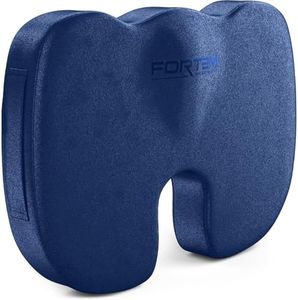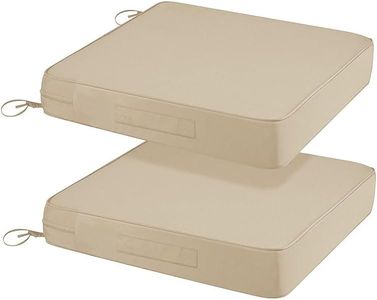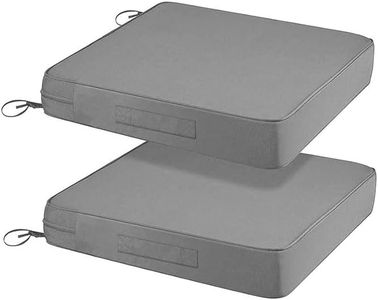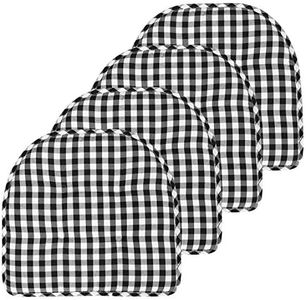We Use CookiesWe use cookies to enhance the security, performance,
functionality and for analytical and promotional activities. By continuing to browse this site you
are agreeing to our privacy policy
10 Best Seat Cushions
From leading brands and best sellers available on the web.Buying Guide for the Best Seat Cushions
Picking the right seat cushion can greatly improve your comfort, posture, and even health when sitting for prolonged periods. Whether you need one for your office chair, wheelchair, car, or home use, it's important to consider how and where you'll use it and what specific needs you have, such as support for back pain or pressure relief. Think about how long you'll typically sit, if you need it to be portable, and any health considerations to find a cushion that best fits your lifestyle.MaterialThe material determines the cushion's comfort, support, and durability. Common choices include memory foam, gel, and standard foam, each offering different levels of softness and support. Memory foam tends to conform to your body and is good for pressure relief, gel can offer a cooling effect, and regular foam is usually firmer and more affordable. If you need long-term comfort or have sensitive skin or back pain, memory foam or gel might be a better choice, while firmer foam could suit those who prefer strong support.
Shape and DesignCushions come in various shapes, such as flat, contoured, wedge, or donut designs. The shape affects how the cushion supports your spine and distributes weight. Contoured and ergonomic designs are suitable if you seek posture support or pressure relief on your tailbone, while flat cushions work well for short-term or general use. Wedge cushions can encourage a forward-tilting posture, which might help with lower back discomfort. Consider your body type, any existing discomfort, or posture needs to select the right shape.
ThicknessThickness impacts how much height the cushion adds and the level of support it provides. Thin cushions (about 1-2 inches) usually add a little comfort without changing your sitting height much, making them best for slightly hard or uncomfortable chairs. Medium (2-3 inches) provide a balance between comfort and support, while thick cushions (3 inches or more) offer maximum padding and are suited for people who sit for extended hours or need extra pressure relief. Think about how much extra height you need and how much padding is necessary for your comfort.
Cover Material and WashabilityThe outer cover affects how comfortable and hygienic your cushion is. Breathable, soft fabrics keep you cool and comfortable, especially during long use, while waterproof or easy-to-clean covers are suited for environments prone to spills or where cleanliness is essential. Many good cushions have removable, machine-washable covers, which makes maintenance easy, especially if you're concerned about sweat, spills, or allergens. For frequent or shared use, a washable cover is a wise feature to look for.
PortabilityPortability is how easy it is to carry the cushion from place to place. Lightweight cushions with handles or foldable designs are ideal for people who move their cushion between home, office, and car. If you only need it in one spot, portability may not matter much, but if you plan to travel with it or need it in multiple locations, look for cushions specifically designed with portability in mind.
Non-Slip BaseA non-slip base keeps the cushion securely in place while you use it. This is especially important on smooth surfaces or if you move around a lot while seated, as it prevents slipping which could cause discomfort or even a safety risk. If you'll use the cushion on slick chairs or in a moving vehicle, prioritize cushions with a grippy bottom.
